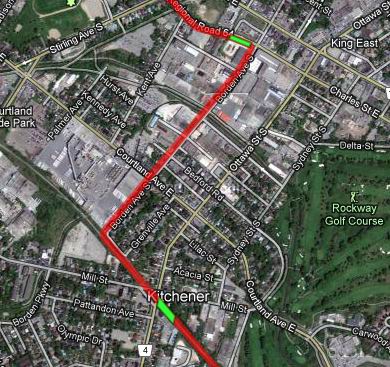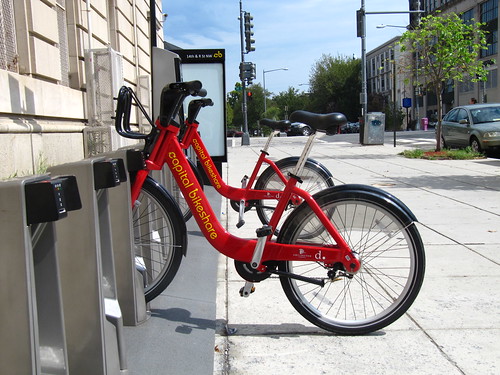We read with interest an opinion piece in the Cambridge Times by John Shortreed about a number of developments which, he claims, require us to reconsider our decision to proceed with the construction of Light Rail Transit in Waterloo Region. He raises interesting points.
However, he may be dismayed that we don’t agree with his conclusions. In fact, Shortreed unwittingly presents strong evidence which validates the LRT project.
He points out that a population shift is occurring right now, as condominium building has accelerated within our cores, and asserts that this trend makes LRT redundant as an intensifier. Unfortunately, he ignores the effect of LRT approval on this same process: now that plans are firm and station locations have been identified, development has picked up pace. The Red Condominiums, a second building proposal at 144 Park, a long awaited new “Waterloo Commons” development at the NCR property in North Waterloo and an accompanying development next to it– pointedly named Northfield Station— are just some of the developments unleashed now that LRT is in active planning.
It goes against common sense to view this as evidence that we don’t need LRT for intensification while ignoring the effect LRT is already having on them. But perhaps Shortreed has a point. Perhaps intensification is a natural force, driven by shifting demographics and the increasing cost of unsustainable sprawl, and rail transit’s proven effects on driving intensification are superfluous.
If so, we must plan for an urban form that will be well served by rail transit, and an aging population who will be increasingly unable (physically or financially) to get around by private automobile. We must also face the growing attractiveness of urban life to young professionals. These factors will continue to drive demand for transit.
Speaking of demand for transit, Shortreed also identifies rapid uptake of the iXpress system, as it continues to knock down ridership targets ahead of schedule. We agree with Shortreed that iXpress is an unmitigated success, but strongly disagree with his conclusion that it is sufficient for our future needs. This is like pointing at an increasingly busy highway and saying that all that traffic makes the highway a success, but we shouldn’t ever worry about widening it.
In fact, the success of transit in Waterloo Region and the shift in our urban form– driven both by demographics and the attractiveness of light rail along our densest corridor– translate into the kind of ridership numbers that won’t just validate LRT, they will demand it. iXpress in mixed traffic has some headroom left, but saturation is already in sight. It will be crushed under the weight of its own success. Higher-order transit is required.
Finally, we share Shortreed’s concerns about Waterloo Region census data and the economic difficulties ahead, though our still healthy growth rate is hardly a “Rust Belt”-like decline. Nor should we batten down the hatches in an exercise of damage control: we believe the communities that will weather this economic storm and come out on top will be those that invest in themselves to stay competitive and attractive to new growth, instead of being satisfied to wither away.
The case for Light Rail has never been so compelling.
Read More »


